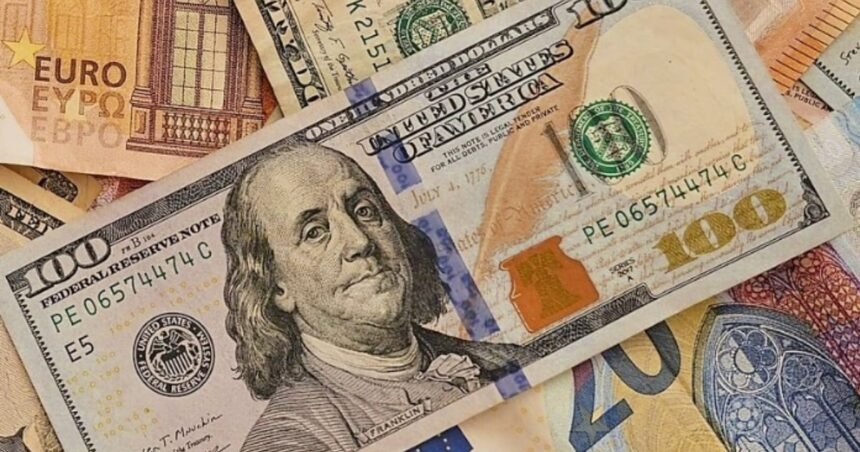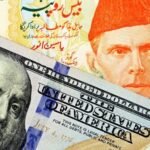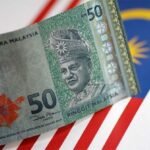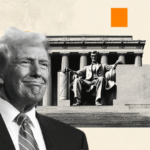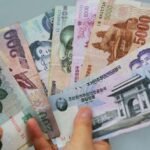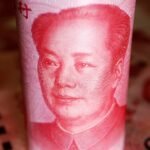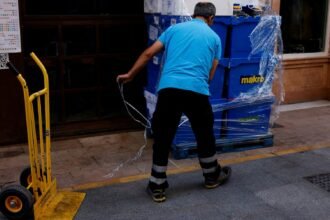After a couple of days marked by significant activity in Cuba’s informal currency market, the exchange rates for the dollar, euro, and Freely Convertible Currency (MLC) have stabilized as of Monday morning. These key foreign currencies maintain the values achieved in recent days, with the dollar trading at 458 CUP and the euro at 520. Meanwhile, the MLC remains steady at 205 pesos, according to daily updates from the independent source elTOQUE, which has been tracking currency fluctuations in Cuba since 2021.
In just twelve days, the dollar has appreciated by 13 CUP, and the euro by eight, underscoring the rapid devaluation of the Cuban peso and the growing lack of confidence in the national currency. With the dollar approaching 460 CUP and the euro at 520, the plight of the Cuban peso is evident, revealing one of its most critical phases. Each increase in foreign currency rates further diminishes the purchasing power of national salaries and pensions, as the government offers no viable solutions.
Exchange Rates on October 13, 2025, at 8:58 a.m. in Cuba:
According to elTOQUE, the exchange rate for the dollar (USD) to CUP is 458 CUP. The exchange rate for the euro (EUR) to CUP is 520 CUP. The MLC to CUP rate remains at 205 CUP.
Rising Dollar and Euro: The Economic Impact on Cuban Households
The continuous climb of these currencies over recent months highlights the severe economic distress on the island. At the end of July, the dollar was approximately 370 CUP, while the euro was around 430 CUP. This more than 20% increase over two months is alarming and directly affects the financial stability of Cuban citizens.
For those earning salaries in the national currency, this situation means a drastic cut in their purchasing power. With an average monthly salary barely exceeding 4,000 CUP, a Cuban worker needs almost their entire income to purchase even 10 dollars on the informal market, if they can access them at all. The rising value of the dollar and euro also inflates the prices of basic goods, many of which are imported by entrepreneurs dealing in foreign currencies. This situation widens the gap between those receiving remittances from abroad and those relying exclusively on state incomes.
The Decline of the Cuban Peso
The lack of a clear monetary policy from the Cuban regime, combined with a production collapse and a scarcity of state-held foreign currency, fuels an unprecedented spiral of devaluation. Trust in the Cuban peso as a means of savings or exchange has nearly vanished, pushing many citizens to turn to foreign currencies to protect their purchasing power.
Independent economists warn that if this trend continues, the country could face a more severe crisis. The de facto dollarization occurring in many economic sectors, without institutional support or guarantees, increases the vulnerability of the poorest and creates an atmosphere of perpetual uncertainty.
An Economy on the Brink of Collapse
The persistent rise of the dollar and euro is more than a financial indicator; it reflects the economic and social collapse facing Cuba. While authorities remain silent or blame “external interests” for the situation, citizens grapple with rising prices, inadequate wages, and a national currency losing value daily.
In this context, mass emigration, increased informal work, and reliance on remittances have become survival strategies for millions of Cubans.
Conversion of US Dollar (USD) to Cuban Peso (CUP) as of October 13:
1 USD = 458 CUP
5 USD = 2,290 CUP
10 USD = 4,580 CUP
20 USD = 9,160 CUP
50 USD = 22,900 CUP
100 USD = 45,800 CUP
Conversion of Euros (EUR) to Cuban Peso (CUP):
1 EUR = 520 CUP
5 EUR = 2,600 CUP
10 EUR = 5,200 CUP
20 EUR = 10,400 CUP
50 EUR = 26,000 CUP
100 EUR = 52,000 CUP
200 EUR = 104,000 CUP
500 EUR = 260,000 CUP
Since late 2024, the Cuban government has announced plans to introduce a floating exchange rate system to bridge the gap between official and informal currency values. However, over six months later, details on its implementation remain scarce. Independent economists emphasize that any attempt to regularize the exchange system should start with a reference rate close to the Informal Market Representative Rate (IMRR). This means the government would need to officially acknowledge prices four times higher than the current 120 CUP per euro maintained by state banks and official exchange offices (CADECA).
FAQs on Cuba’s Currency Crisis
Why are the dollar and euro rising so rapidly in Cuba?
The rapid increase in the value of the dollar and euro is due to the severe economic conditions in Cuba, including a lack of clear monetary policy, production collapse, and scarcity of foreign currency.
How does the rising dollar and euro impact Cuban citizens?
The rising value of these currencies reduces the purchasing power of those earning in Cuban pesos, inflates the prices of goods, and widens the economic gap between those receiving remittances and those relying on state incomes.
What measures have the Cuban government proposed to address the currency issue?
The Cuban government has announced plans for a floating exchange rate system to align official and informal currency values, though details and implementation remain unclear.

